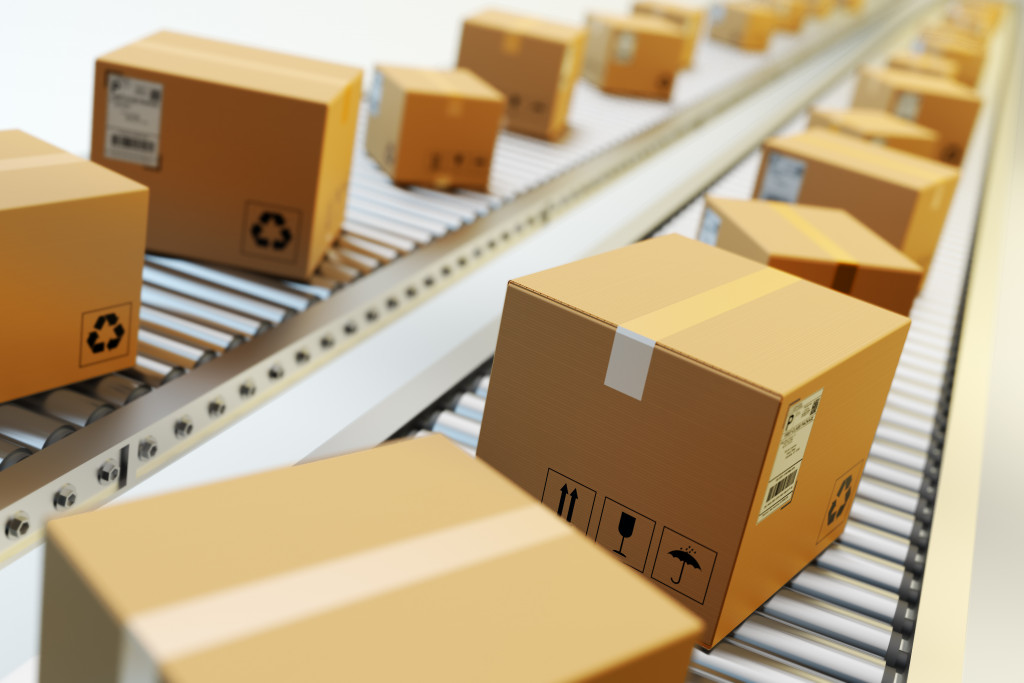• The industrial revolution brought the era of mass production, resulting in standardized designs.
• Mass production allowed more consumer goods and created new jobs and industries.
• New technologies like 3D printing and CAD software have enabled product designers to create more innovative and personalized designs.
• Design thinking puts user experience at the center of product design, encouraging collaboration among all stakeholders.
Product design has come a long way since the days of mass production. Now, products are designed with user experience in mind. As technology advances, product design is becoming increasingly complex and specialized, making it more important than ever for business owners to stay on top of the latest advancements. Here’s a look at how product design has evolved.
Mass Production & Standardization
The industrial revolution ushered in an era of mass production that began with Henry Ford’s assembly line method. During this period, products were designed to be as uniform and consistent as possible to reduce costs and increase efficiency. This was the first step in creating standardized product designs and streamlining the manufacturing process.
While mass production allowed companies to produce large quantities of goods quickly, the downside was that it led to bland designs with little attention paid to aesthetics or user experience.
Impact of Mass Production on Society
The advent of mass production had a profound impact on society. It allowed for the mass production of consumer goods, which lowered prices and made them more accessible to the public. This opened up many new possibilities, from cars to refrigerators, that fundamentally changed how people lived. Mass production also created new jobs and industries, which helped to drive economic growth.
Challenges with Standardization in Product Design
One of the challenges with mass production was that it allowed for uniformity and led to boredom and lack of innovation. Designers had limited options when creating products, often resulting in unsuitable or user-friendly designs. As technology advanced and consumer expectations grew, designers began to look for ways to break out of the “standardization” trap and create more visually appealing, functional, and customized products to meet user needs.
Technology-Driven Design
With the emergence of new technologies such as 3D printing and computer-aided design (CAD) software, product designers now have access to various tools to create innovative designs that meet customers’ needs. CAD software allows designers to visualize ideas before committing them to physical form, which helps craft better products faster than ever.

3D printing, on the other hand, enables companies to produce customized parts on demand much more cheaply than traditional methods allow. Businesses can offer personalized products without sacrificing quality or high prices for customization services.
This also includes designing for packaging and logistics, as well as for sustainability. As businesses continue to be more conscientious of the environmental impact of products, product designers must create designs that consider how each component can be recycled or reused. The goal is to create products that are not only attractive but also sustainable and easy to use.
How Technology Helped Shape User Experience
Technology has also had a major impact on the user experience of products. You can now use advanced analytics and data-driven insights to create better user experiences. For example, you can use data from customer interactions with your products to identify areas where design could be improved or automated processes that could be added to make the product easier to use. This means that products can now be tailored to meet customer needs more precisely, creating a better overall experience.
How Technology Helped in Packaging Innovations
Packaging is essential in product design, and technology has been instrumental in developing new ways to package items. Automated packaging machines allow for the efficient packing of products with minimal labor costs. Additionally, technologies such as RFID tags make it easier to track packaged goods from production to delivery, which helps speed up the process and reduce errors.
It also paved the way for creating more sustainable packaging, such as biodegradable and recyclable materials, which helps reduce the environmental impact of product design. One example is corrugated packaging, which provides a lightweight and durable solution that is also easy to recycle. Technological advancements have allowed product designers to create more efficient and environmentally friendly packaging solutions.

Design Thinking
The most recent evolution in product design is “design thinking”—an approach that puts user experience at the center of product development by considering users’ needs throughout every stage of development from concept through final delivery. This approach focuses on understanding users’ underlying needs and motivations so that designers can craft tailored solutions rather than relying solely on data or intuition alone.
Design thinking also encourages collaboration among all stakeholders involved in the development process so that everyone can work together towards a common goal with shared accountability for success or failure.
Product design has come a long way in the last century. Now, you have access to powerful technologies that can help you create innovative solutions tailored to individual user needs. By embracing design thinking and leveraging technology, you can stay ahead of the curve when creating attractive, functional, sustainable, and profitable products.